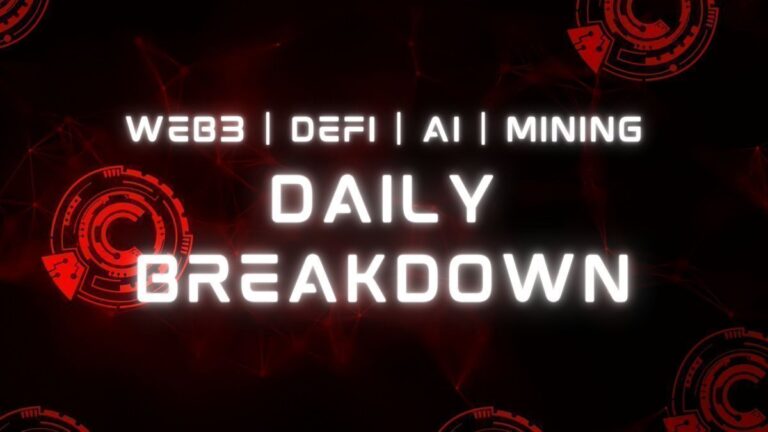
![]() TL;DR: Bitcoin mining has trended toward centralization in large farms, but re-decentralizing via more individual participation is critical. Distributing hashrate secures Bitcoin’s censorship resistance and aligns mining with node consensus. Empowering individuals to mine, even small amounts, helps maintain Bitcoin’s ethos.
TL;DR: Bitcoin mining has trended toward centralization in large farms, but re-decentralizing via more individual participation is critical. Distributing hashrate secures Bitcoin’s censorship resistance and aligns mining with node consensus. Empowering individuals to mine, even small amounts, helps maintain Bitcoin’s ethos.
Tracing the Evolution of Bitcoin Mining
In Bitcoin’s early days, mining was readily accessible via normal computers. But efficiency gains led to the rise of application-specific integrated circuits (ASICs). While vastly faster, ASICs required large capital investments, incentivizing centralized mining farms and industrial operations.
The Separation of Mining from Nodes
Originally, Bitcoin’s design envisioned mining and full nodes as integrated – end-users would participate in securing the network and validating transactions. But with the specialization of mining, these roles separated. Nodes now form the consensus layer, but mining pools enforce the rules by producing blocks.
This separation meant mining pools gained outsized influence. Though individuals can still run nodes to signal preferences, centralized miners control block production. This misalignment introduces potential issues of censorship and deviation from node consensus.
Realigning Incentives via Broader Participation
While mining pools inherently require some centralization, the degree matters. More distributed individual mining, even small scale, would help realign block production with node consensus. This protects Bitcoin’s ethos of empowering the many rather than the few.
Conceptually, mining rewards incentivize energy expenditure to secure Bitcoin. But practically, large operations hoard the rewards. Universal participation re-opens Bitcoin’s incentives to regular users. Democratizing mining keeps power decentralized rather than in corporate hands.
Small-Scale Mining: An Emerging Grassroots Movement
Fortunately, a grassroots movement has arisen to make small-scale mining accessible. Though profit is limited, individuals driven by Bitcoin’s ideals increasingly run miners simply to support the network. This culture shift expands decentralization where it matters most – securing the network.
The numbers add up. If even a fraction of Bitcoin’s millions of users participated in mining, it would significantly redistribute hashrate. This would secure Bitcoin’s core values for the future.
The Path to Individual Sovereignty
Bitcoin’s next “mainframe” moment appears to be empowering individuals to participate in securing the network via mining. This maintains Bitcoin’s promise – transferring power from corporations back to the people. By pushing control downward, Bitcoin can prevent unchecked centralization from undermining its revolutionary potential. After all, individual sovereignty is Bitcoin’s raison d’etre. Re-decentralizing mining brings this vision closer to reality.
Thank you for reading “The Quest to Redecentralize Bitcoin Mining“.
- Subscribe to our newsletter: ConsensusProtocol.org
- Follow us on Twitter: @ConsensusPro
Sources:




